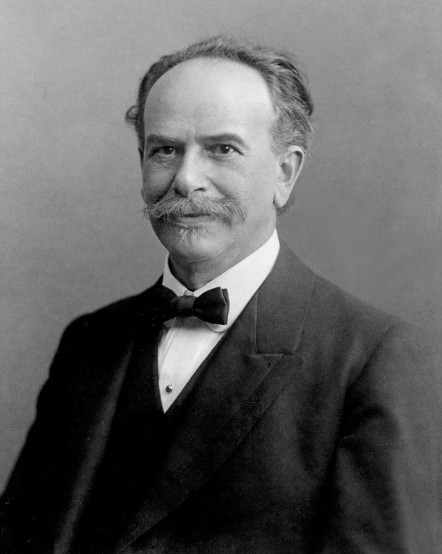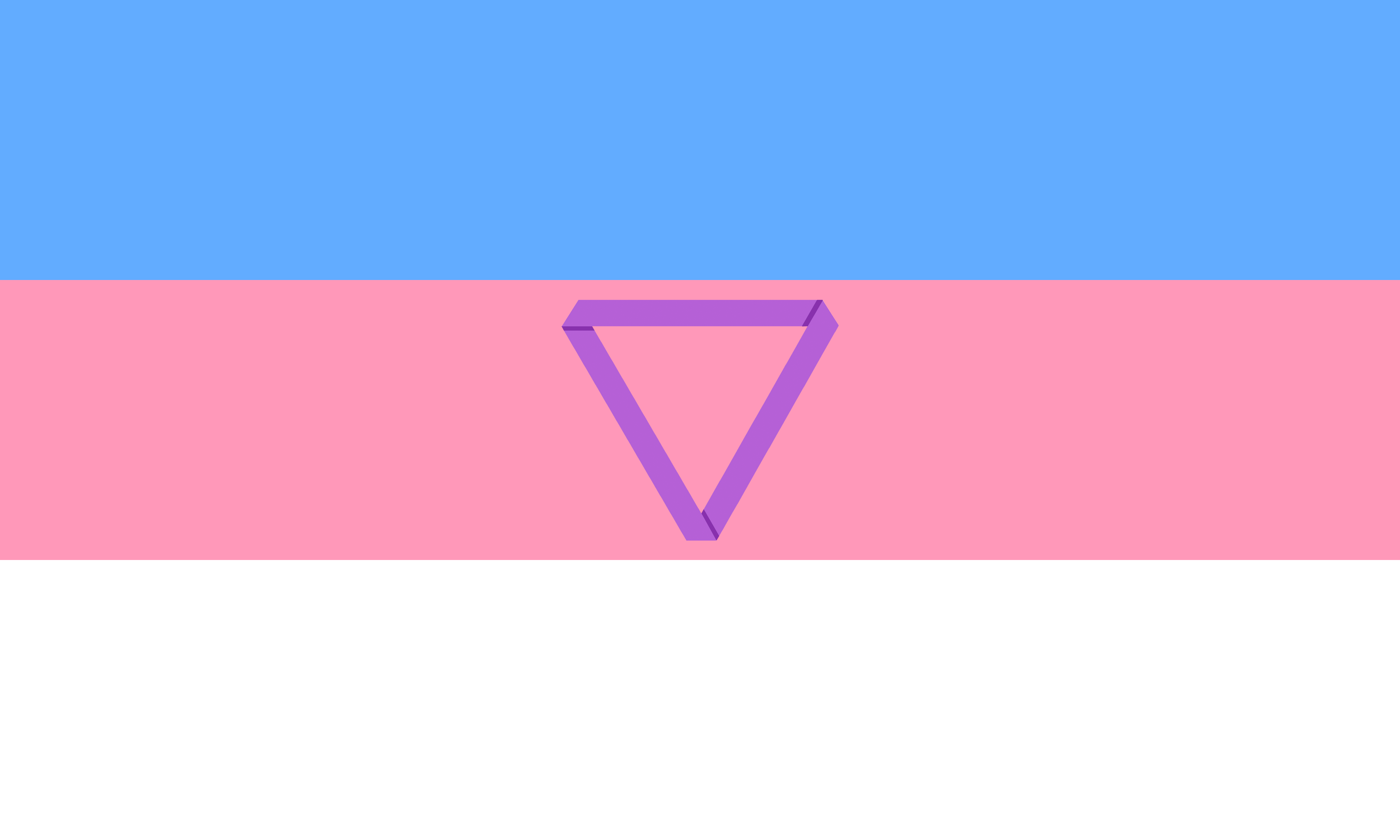|
Coming Of Age In Samoa
''Coming of Age in Samoa: A Psychological Study of Primitive Youth for Western Civilisation'' is a 1928 book by American Anthropology, anthropologist Margaret Mead based upon her research and study of youth – primarily adolescent girls – on the island of Taʻū in the Samoan Islands. The book details the sexual life of teenagers in Samoan society in the early 20th century, and theorizes that culture has a leading influence on psychosexual development. First published in 1928, the book launched Mead as a pioneering researcher and as the most famous anthropologist in the world. Since its first publication, ''Coming of Age in Samoa'' was the most widely read book in the field of anthropology until Napoleon Chagnon's ''Yanomamö: The Fierce People'' overtook it. The book has sparked years of ongoing and intense debate and controversy on questions pertaining to society, culture, and science. It is a key text in the nature versus nurture debate, as well as in discussions on issues ... [...More Info...] [...Related Items...] OR: [Wikipedia] [Google] [Baidu] |
Margaret Mead
Margaret Mead (December 16, 1901 – November 15, 1978) was an American cultural anthropologist who featured frequently as an author and speaker in the mass media during the 1960s and the 1970s. She earned her bachelor's degree at Barnard College of Columbia University and her M.A. and Ph.D. degrees from Columbia. Mead served as president of the American Association for the Advancement of Science in 1975. Mead was a communicator of anthropology in modern American and Western culture and was often controversial as an academic. Her reports detailing the attitudes towards sex in South Pacific and Southeast Asian traditional cultures influenced the 1960s sexual revolution. She was a proponent of broadening sexual conventions within the context of Western cultural traditions. Birth, early family life, and education Margaret Mead, the first of five children, was born in Philadelphia but raised in nearby Doylestown, Pennsylvania. Her father, Edward Sherwood Mead, was a professor of ... [...More Info...] [...Related Items...] OR: [Wikipedia] [Google] [Baidu] |
Polynesia
Polynesia () "many" and νῆσος () "island"), to, Polinisia; mi, Porinihia; haw, Polenekia; fj, Polinisia; sm, Polenisia; rar, Porinetia; ty, Pōrīnetia; tvl, Polenisia; tkl, Polenihia (, ) is a subregion of Oceania, made up of more than 1,000 islands scattered over the central and southern Pacific Ocean. The indigenous people who inhabit the islands of Polynesia are called Polynesians. They have many things in common, including language relatedness, cultural practices, and traditional beliefs. In centuries past, they had a strong shared tradition of sailing and using stars to navigate at night. The largest country in Polynesia is New Zealand. The term was first used in 1756 by the French writer Charles de Brosses, who originally applied it to all the islands of the Pacific. In 1831, Jules Dumont d'Urville proposed a narrower definition during a lecture at the Geographical Society of Paris. By tradition, the islands located in the southern Pacific have also ... [...More Info...] [...Related Items...] OR: [Wikipedia] [Google] [Baidu] |
Edmund Burke
Edmund Burke (; 12 January NS.html"_;"title="New_Style.html"_;"title="/nowiki>New_Style">NS">New_Style.html"_;"title="/nowiki>New_Style">NS/nowiki>_1729_–_9_July_1797)_was_an_ NS.html"_;"title="New_Style.html"_;"title="/nowiki>New_Style">NS">New_Style.html"_;"title="/nowiki>New_Style">NS/nowiki>_1729_–_9_July_1797)_was_an_Anglo-Irish_people">Anglo-Irish_Politician.html" ;"title="Anglo-Irish_people.html" ;"title="New_Style">NS.html" ;"title="New_Style.html" ;"title="/nowiki>New Style">NS">New_Style.html" ;"title="/nowiki>New Style">NS/nowiki> 1729 – 9 July 1797) was an Anglo-Irish people">Anglo-Irish Politician">statesman, economist, and philosopher. Born in Dublin, Burke served as a member of Parliament (MP) between 1766 and 1794 in the House of Commons of Great Britain with the Whig Party. Burke was a proponent of underpinning virtues with manners in society and of the importance of religious institutions for the moral stability and good of the state. These views wer ... [...More Info...] [...Related Items...] OR: [Wikipedia] [Google] [Baidu] |
Portrait Of Three Samoan Girls, By Thomas Andrew, Ca
A portrait is a painting, photograph, sculpture, or other artistic representation of a person, in which the face and its expressions are predominant. The intent is to display the likeness, personality, and even the mood of the person. For this reason, in photography a portrait is generally not a snapshot, but a composed image of a person in a still position. A portrait often shows a person looking directly at the painter or photographer, in order to most successfully engage the subject with the viewer. History Prehistorical portraiture Plastered human skulls were reconstructed human skulls that were made in the ancient Levant between 9000 and 6000 BC in the Pre-Pottery Neolithic B period. They represent some of the oldest forms of art in the Middle East and demonstrate that the prehistoric population took great care in burying their ancestors below their homes. The skulls denote some of the earliest sculptural examples of portraiture in the history of art. Historical portraitur ... [...More Info...] [...Related Items...] OR: [Wikipedia] [Google] [Baidu] |
Non-monogamy
Non-monogamy (or nonmonogamy) is an umbrella term for every practice or philosophy of non- dyadic intimate relationship that does not strictly hew to the standards of monogamy, particularly that of having only one person with whom to exchange sex, love, and/or affection. In that sense, "nonmonogamy" may be accurately applied to extramarital sex, group marriage, or polyamory.Cf. "Monogamy" in ''Britannica World Language Dictionary'', R.C. Preble (ed.), Oxford-London 1962, p. 1275:''1. The practice or principle of marrying only once. opp. to digamy now ''rare'' 2. The condition, rule or custom of being married to only one person at a time (opp. to polygamy or bigamy) 1708. 3. Zool. The habit of living in pairs, or having only one mate''; The same text repeats ''The Shorter Oxford English Dictionary'', W. Little, H.W. Fowler, J. Coulson (ed.), C.T. Onions (rev. & ed.,) Oxford 1969, 3rd edition, vol.1, p.1275OED Online March 2010. Oxford University Press. 23 Jun. 2010 CfMonogamy in M ... [...More Info...] [...Related Items...] OR: [Wikipedia] [Google] [Baidu] |
Menstruation
Menstruation (also known as a period, among other colloquial terms) is the regular discharge of blood and mucosal tissue from the inner lining of the uterus through the vagina. The menstrual cycle is characterized by the rise and fall of hormones. Menstruation is triggered by falling progesterone levels and is a sign that pregnancy has not occurred. The first period, a point in time known as menarche, usually begins between the ages of 12 and 15. Menstruation starting as young as 8 years would still be considered normal. The average age of the first period is generally later in the developing world, and earlier in the developed world. The typical length of time between the first day of one period and the first day of the next is 21 to 45 days in young women. In adults, the range is between 21 and 31 days with the average being 28 days. Bleeding usually lasts around 2 to 7 days. Periods stop during pregnancy and typically do not resume during the initial months of breastfeed ... [...More Info...] [...Related Items...] OR: [Wikipedia] [Google] [Baidu] |
Neurosis
Neurosis is a class of functional mental disorders involving chronic distress, but neither delusions nor hallucinations. The term is no longer used by the professional psychiatric community in the United States, having been eliminated from the ''Diagnostic and Statistical Manual of Mental Disorders'' (DSM) in 1980 with the publication of DSM III. However, it is still used in the ICD-10 Chapter V F40–48. Neurosis should not be mistaken for ''psychosis'', which refers to a loss of touch with reality. Nor should it be mistaken for ''neuroticism'', a fundamental personality trait proposed in the Big Five personality traits theory. Etymology The term is derived from the Greek word ''neuron'' (νεῦρον, 'nerve') and the suffix ''-osis'' (-ωσις, 'diseased' or 'abnormal condition'). The term ''neurosis'' was coined by Scottish doctor William Cullen in 1769 to refer to "disorders of sense and motion" caused by a "general affection of the nervous system." Cullen used the te ... [...More Info...] [...Related Items...] OR: [Wikipedia] [Google] [Baidu] |
Samoan Women In Traditional Dress, Ca 1910s
Samoan may refer to: * Something of, from, or related to the Samoan Islands, an archipelago in the South Pacific Ocean ** Something of, from, or related to Samoa, a country encompassing the western part of the Samoan Islands ** Something of, from, or related to American Samoa, a United States territory in the Samoan Islands * Samoan language, the native language of the Samoan Islands * Samoans Samoans or Samoan people ( sm, tagata Sāmoa) are the indigenous Polynesian people of the Samoan Islands, an archipelago in Polynesia, who speak the Samoan language. The group's home islands are politically and geographically divided between th ..., a Polynesian ethnic group of the Samoan Islands {{disambig Language and nationality disambiguation pages ... [...More Info...] [...Related Items...] OR: [Wikipedia] [Google] [Baidu] |
Samoan Female Ceremonial Dancer, By Thomas Andrew, C
Samoan may refer to: * Something of, from, or related to the Samoan Islands, an archipelago in the South Pacific Ocean ** Something of, from, or related to Samoa, a country encompassing the western part of the Samoan Islands ** Something of, from, or related to American Samoa, a United States territory in the Samoan Islands * Samoan language, the native language of the Samoan Islands * Samoans Samoans or Samoan people ( sm, tagata Sāmoa) are the indigenous Polynesian people of the Samoan Islands, an archipelago in Polynesia, who speak the Samoan language. The group's home islands are politically and geographically divided between th ..., a Polynesian ethnic group of the Samoan Islands {{disambig Language and nationality disambiguation pages ... [...More Info...] [...Related Items...] OR: [Wikipedia] [Google] [Baidu] |
Three Samoan Women Preparing To Make Kava, Ca
3 is a number, numeral, and glyph. 3, three, or III may also refer to: * AD 3, the third year of the AD era * 3 BC, the third year before the AD era * March, the third month Books * ''Three of Them'' (Russian: ', literally, "three"), a 1901 novel by Maksim Gorky * ''Three'', a 1946 novel by William Sansom * ''Three'', a 1970 novel by Sylvia Ashton-Warner * ''Three'' (novel), a 2003 suspense novel by Ted Dekker * ''Three'' (comics), a graphic novel by Kieron Gillen. * ''3'', a 2004 novel by Julie Hilden * ''Three'', a collection of three plays by Lillian Hellman * ''Three By Flannery O'Connor'', collection Flannery O'Connor bibliography Brands * 3 (telecommunications), a global telecommunications brand ** 3Arena, indoor amphitheatre in Ireland operating with the "3" brand ** 3 Hong Kong, telecommunications company operating in Hong Kong ** Three Australia, Australian telecommunications company ** Three Ireland, Irish telecommunications company ** Three UK, British telecom ... [...More Info...] [...Related Items...] OR: [Wikipedia] [Google] [Baidu] |

.jpg)



